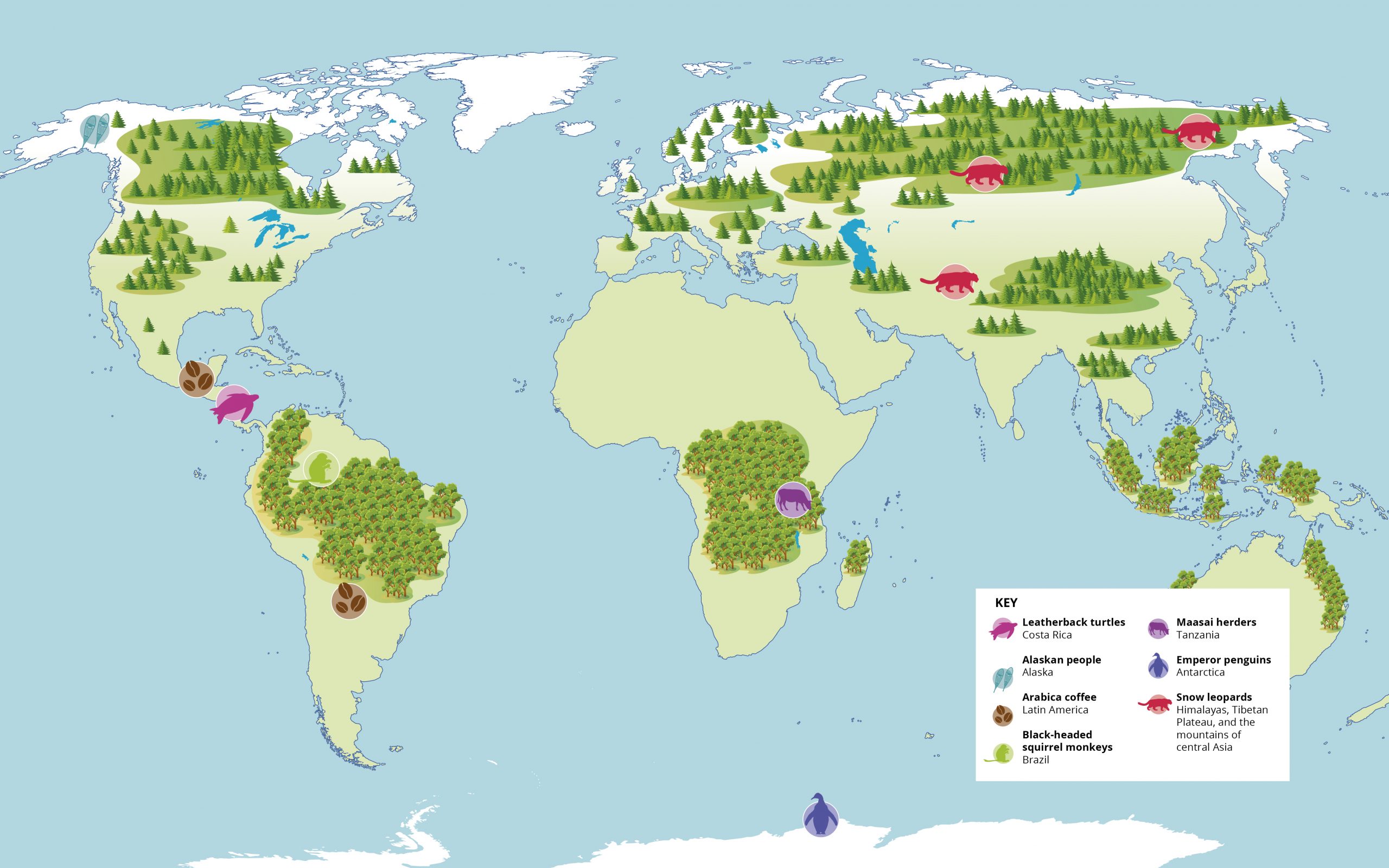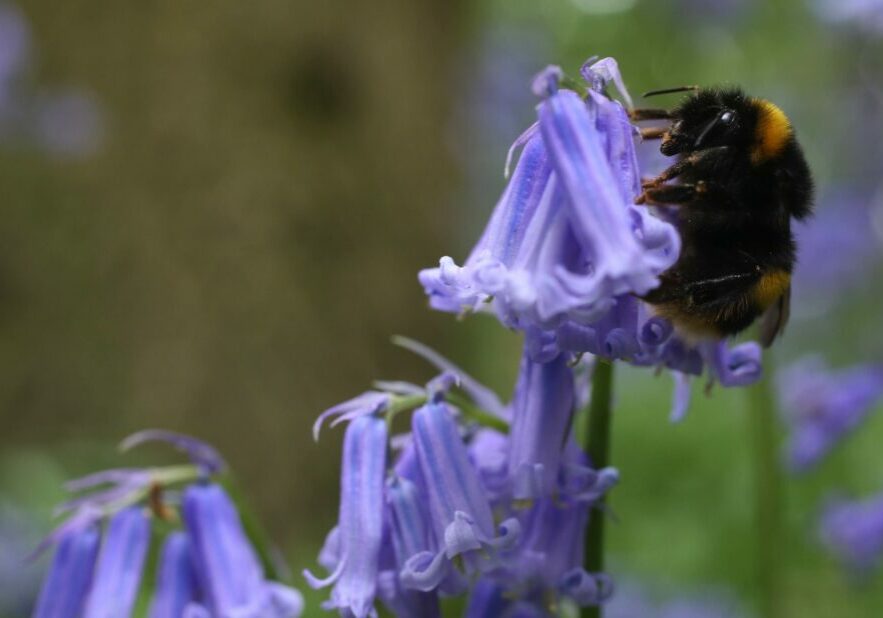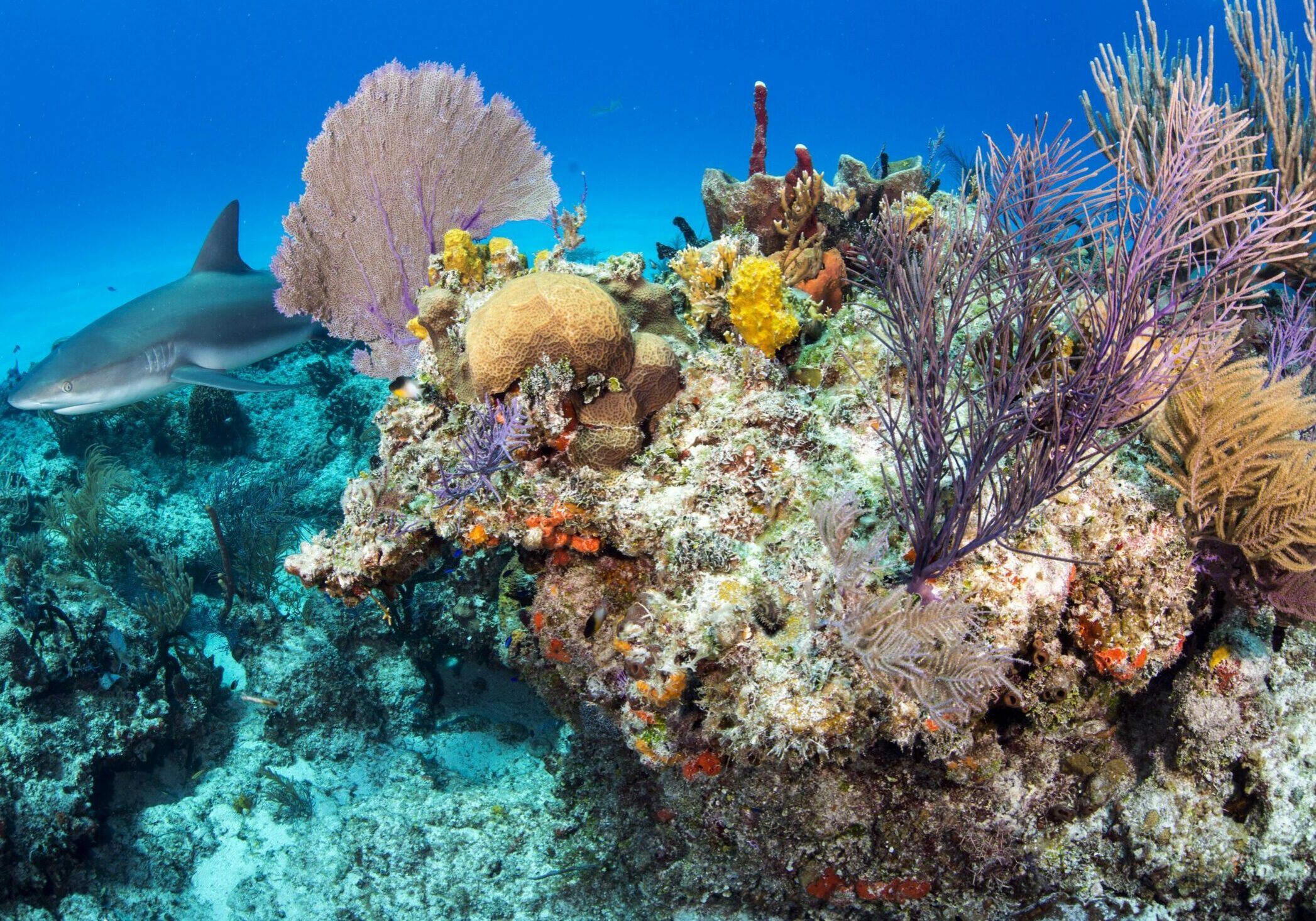From Alaska to the Amazon, the world is witnessing the devastating effects of climate change. Entire habitats are being altered, pushing people and wildlife to the brink. Minimising the global temperature rise is essential if we’re to protect nature. Our map highlights some of the areas where 0.5ºC will make a real difference.
Global guide to climate impacts
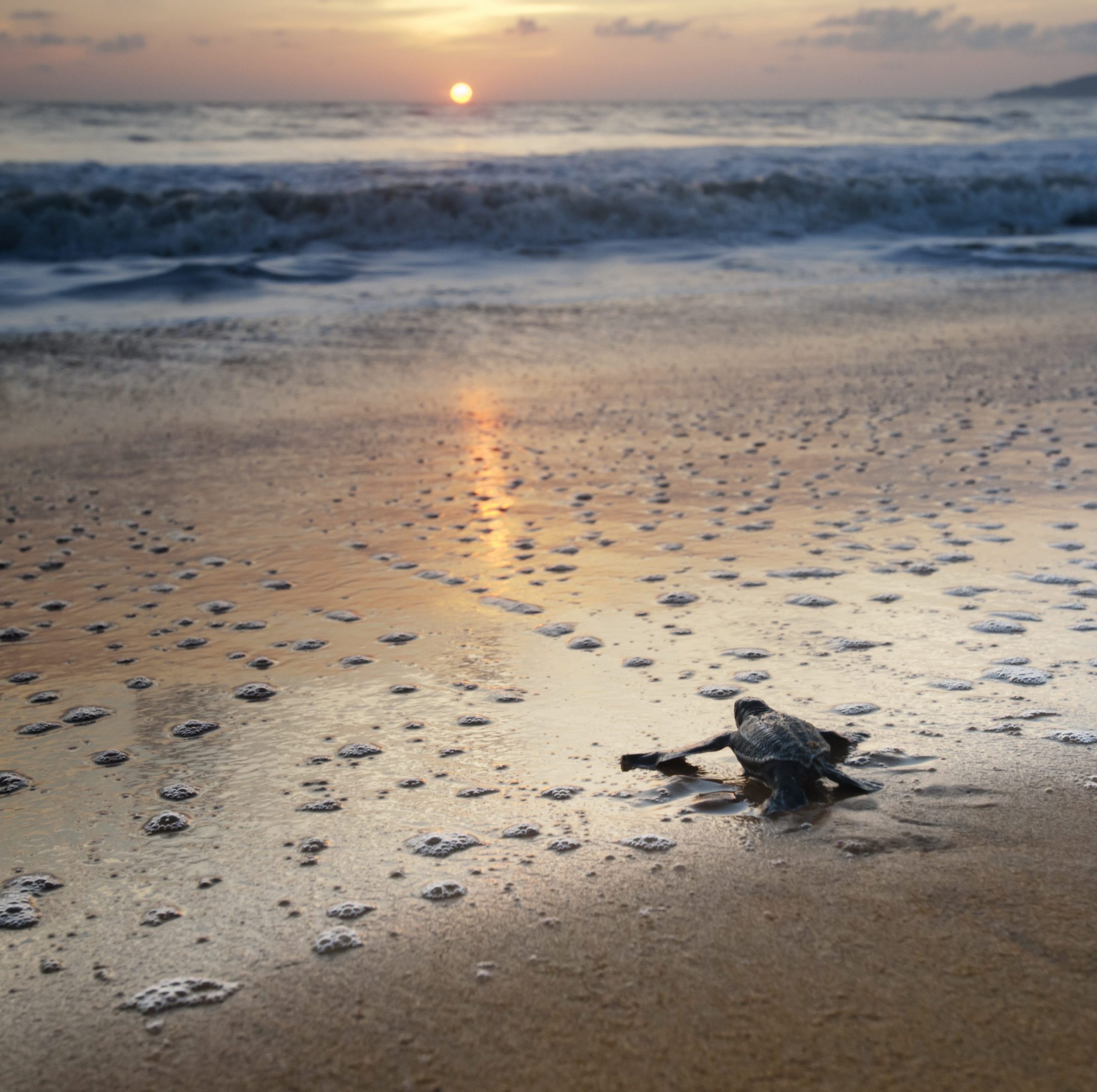
leatherbacks
surviving shifting sex ratios
Today, six of the seven marine turtle species are threatened with extinction. Leatherbacks are sensitive to tiny changes in temperature. Their sex is determined in the egg, and the number of males and females in a clutch depends on the temperature of the sand around the nest.
Hotter sand consistent with global warming leads to more females. There’s already evidence that a beach in Costa Rica produced 90% female hatchlings over several nesting seasons. If temperatures climb too high, eggs fail to hatch, threatening whole populations. Marine turtles are resilient, but the pace of climate change could be too fast for them to adapt.
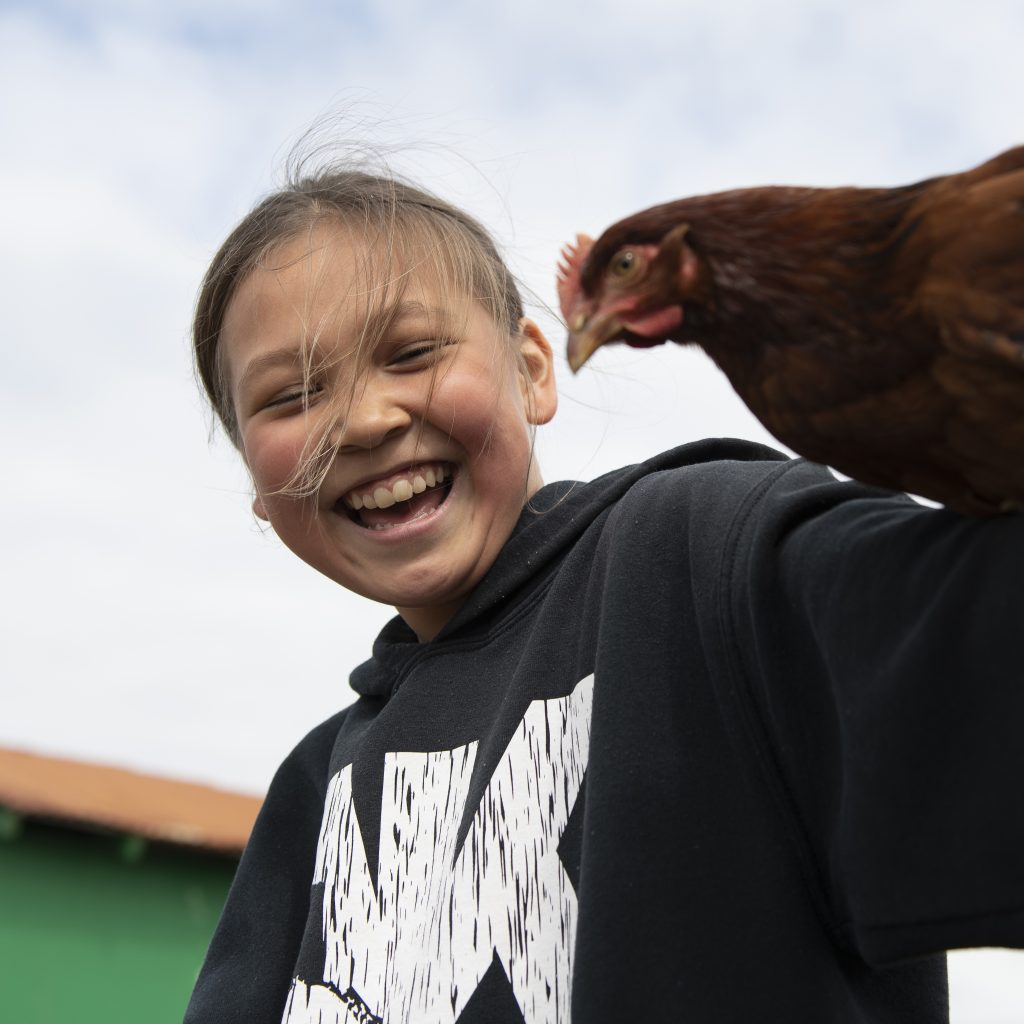
WWF-US
ALASKAN people
escaping the sea
Like the rest of the Arctic, Alaska is warming faster than almost anywhere else. Port Heiden has been forced to adapt rapidly. Due to its exposed position on the Alaskan peninsula, the village is often hit with powerful storms, severely eroding the coastline.
In recent decades, the erosion has accelerated due to receding sea ice and heavier storms. In some towns, such as Meshik, the sea was taking the land from beneath people’s homes. Starting in the late 1980s, villagers have been forced to relocate to higher ground 5km from the sea. Today, there’s almost no trace of Meshik, and Port Heiden loses 18m of shoreline a year.

WWF
ARABICA COFFEE
THE LAST SHOT
Coffee is one of the best-loved crops threatened by climate change. The wild species Coffea arabica can’t cope with warming conditions, low or unpredictable rainfall, or extreme weather. It’s predicted that by 2050, the amount of land in Latin America suitable for arabica coffee production will fall by up to 88%, affecting 100 million livelihoods.
Elevated temperatures make coffee plants more vulnerable to pests and diseases, and they also need bees to pollinate them. Sadly, the average number of bee species in areas suitable for coffee is predicted to fall by 18% by 2050. Only around five bee species in each area are expected to survive – one last shot at saving coffee.
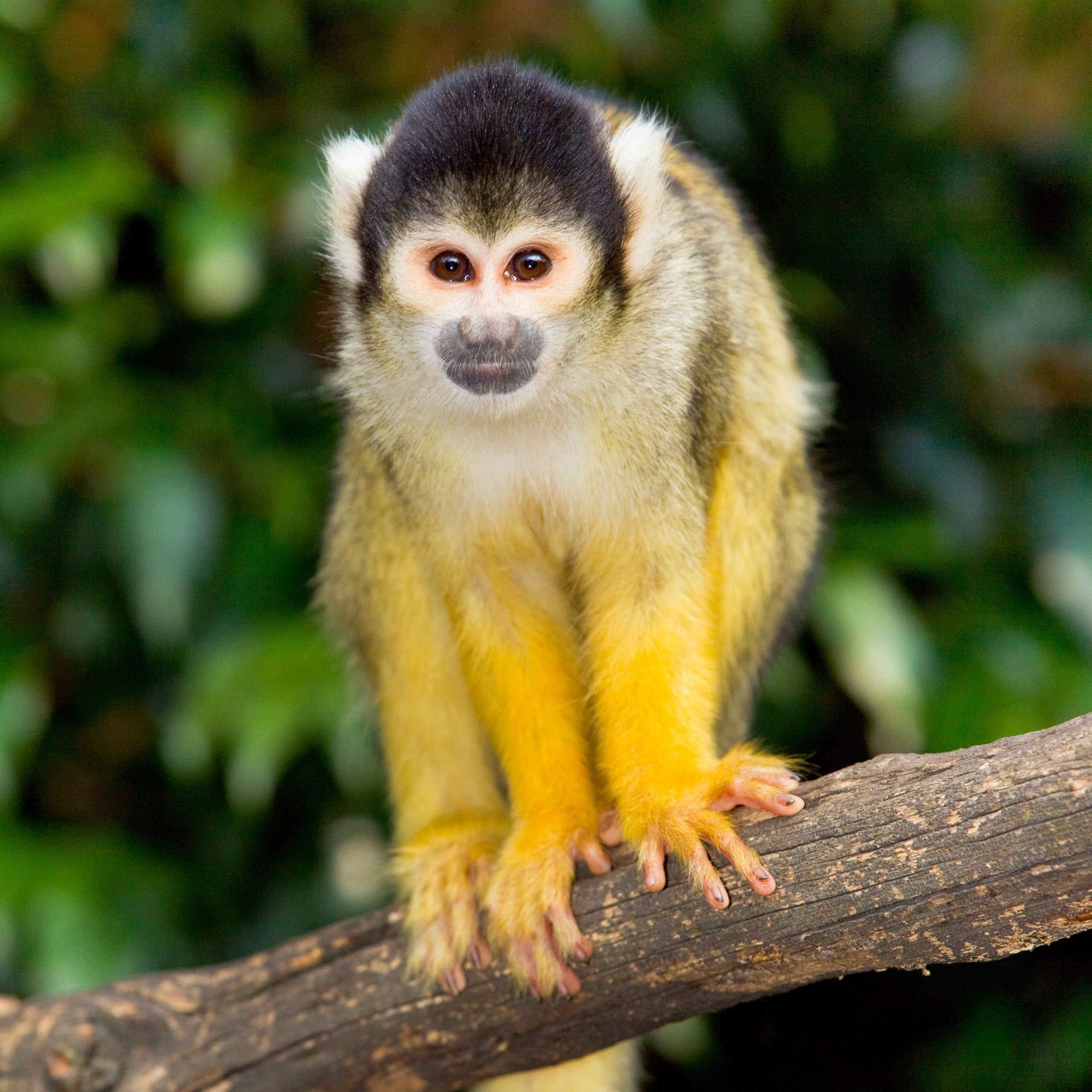
ALAMY STOCK PHOTO
amazon monkeys
tiny home at risk
Climate change will make the homes of many Amazon primates inhospitable, forcing them to adapt or move. For some, there may be little other suitable habitat available. The black-headed squirrel monkey lives on just one floodplain in Brazil. Its home is expected to be reduced by almost 100% due to rising water levels, higher temperatures and floods driven by climate change.
Because the whole population lives in just one place, a huge flood could wipe out the entire species. Its future, and that of other Amazon primates, depends on protecting wildlife corridors to give them time to adapt and find a new home.
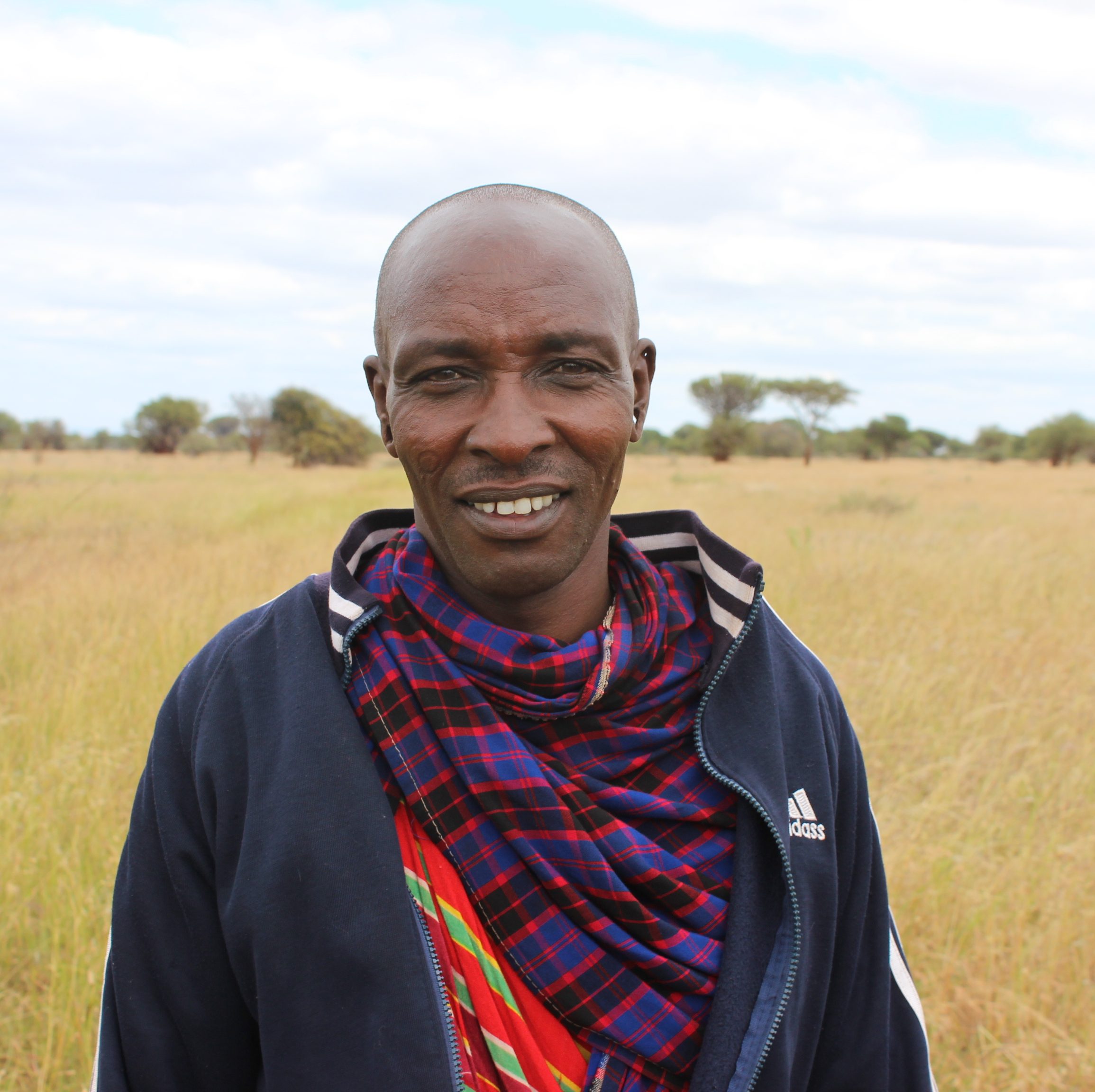
MAASAI herders
pastures turning to dust
In Tanzania, many Maasai people raise livestock to support their families. As livestock numbers increase, there’s more competition for pasture land, which is also used by wildlife. Ever-longer dry seasons and drought leave the ground bare – and when the rains finally come, the soil washes away. As a result, there isn’t enough grass for livestock or wildlife.
But herders are ready to manage their pastures in a different way. Many have joined the African People & Wildlife’s Sustainable Rangelands Initiative, which supports communities to assess the condition of their pastures and agree where livestock can graze to create a healthier habitat for the future.
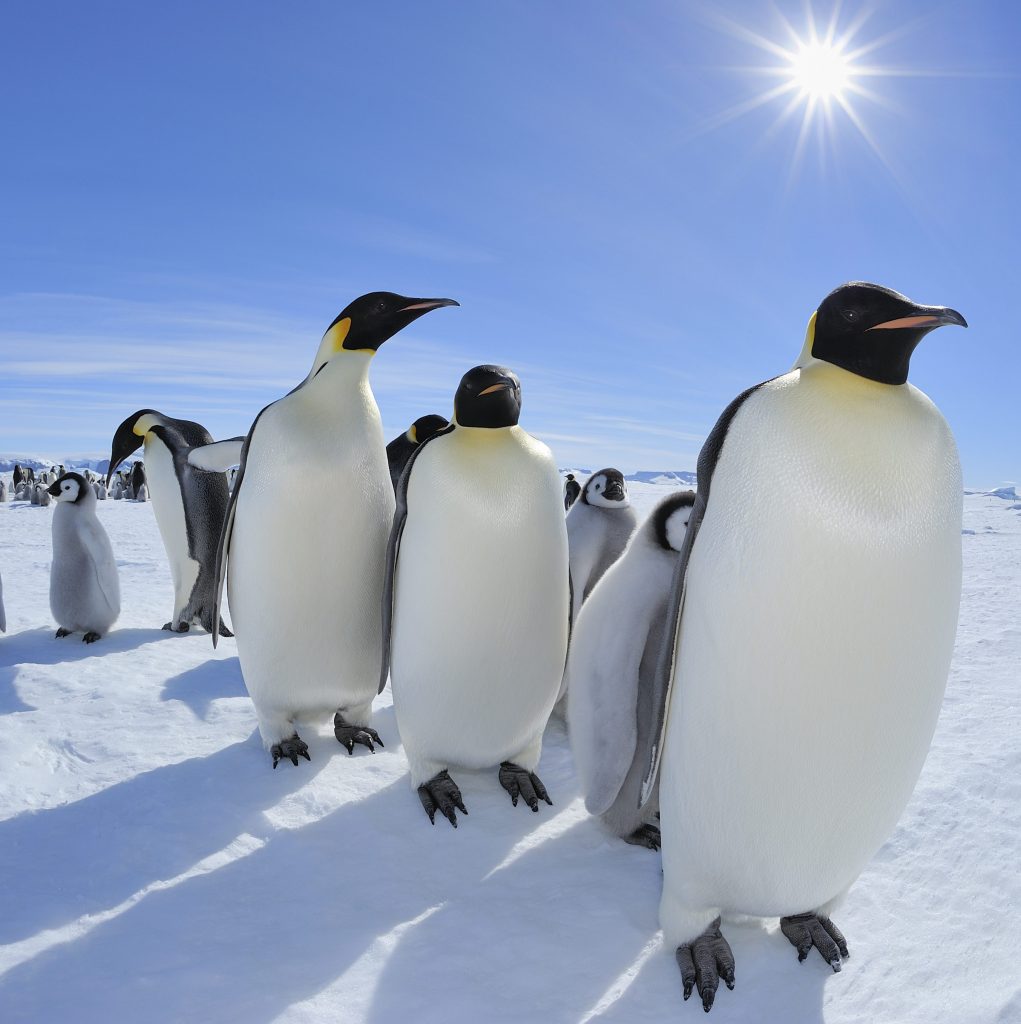
GETTY IMAGES
EMPEROR PENGUINS
MARCHING TO EXTINCTION
Emperors are uniquely adapted to the extreme conditions of Antarctica, but the sea ice must be exactly right for them to breed. They need thick, stable ice for at least nine months to raise chicks. They also need gaps in the sea ice, so they can feed. Changes due to rising temperatures threaten this delicate balance.
Extensive sea ice means adults must travel further and use more energy to reach open water to hunt. Faster-melting sea ice doesn’t give chicks time to acquire waterproof plumage. If emissions continue to rise and the rate of sea ice loss continues, 80% of emperor penguin colonies could be lost by 2100.
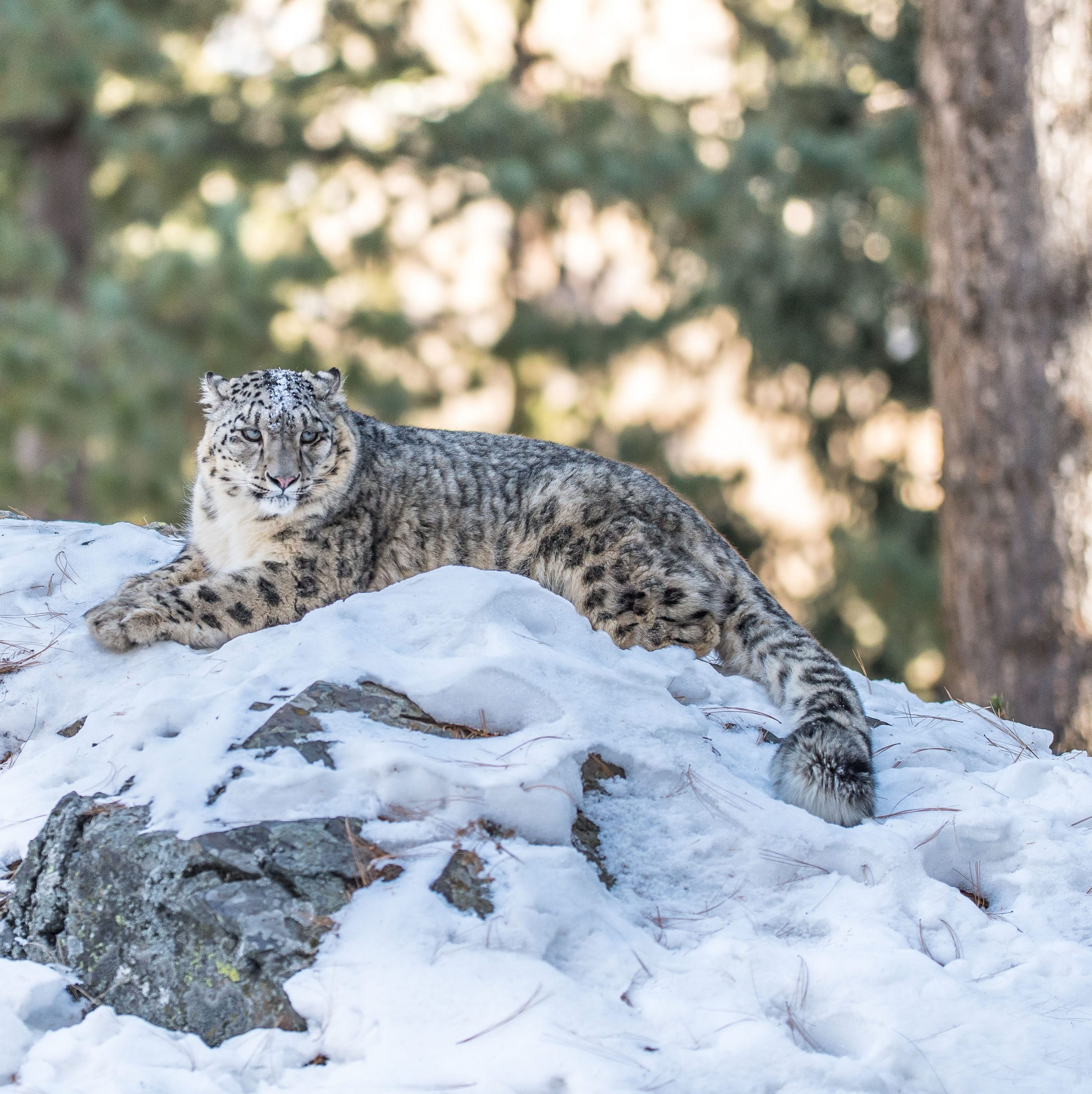
WWF-PAKISTAN
SNOW LEOPARDS
ON THE EDGE
As mountain climates change, snow leopard habitat is projected to decline by 23% by 2070 if we don’t take global action to cut greenhouse gas emissions. In Bhutan and Nepal, the loss will exceed 80%. Rising temperatures and rainfall are expected to shift the tree line higher up the mountains.
As alpine meadows are lost to forest, other more adaptable predators and people with livestock will move up into the mountains, increasing competition for food and the risk of conflict. Where blue sheep are displaced by livestock, hungry snow leopards may predate livestock. But there is hope if we can secure known snow leopard habitats in the high mountains as climate refuges.
More to explore
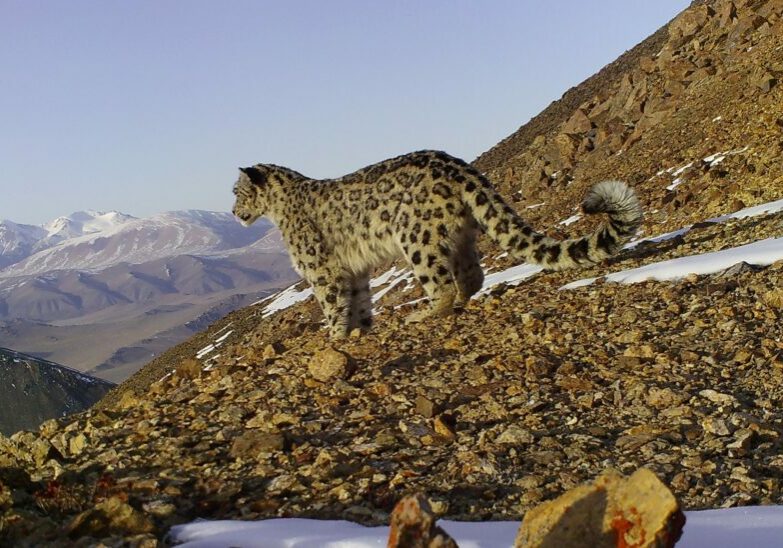
The hunt for knowledge
After decades of research, information about snow leopards remains sparse. With your help, we’re filling the gaps in our knowledge to improve conservation efforts
